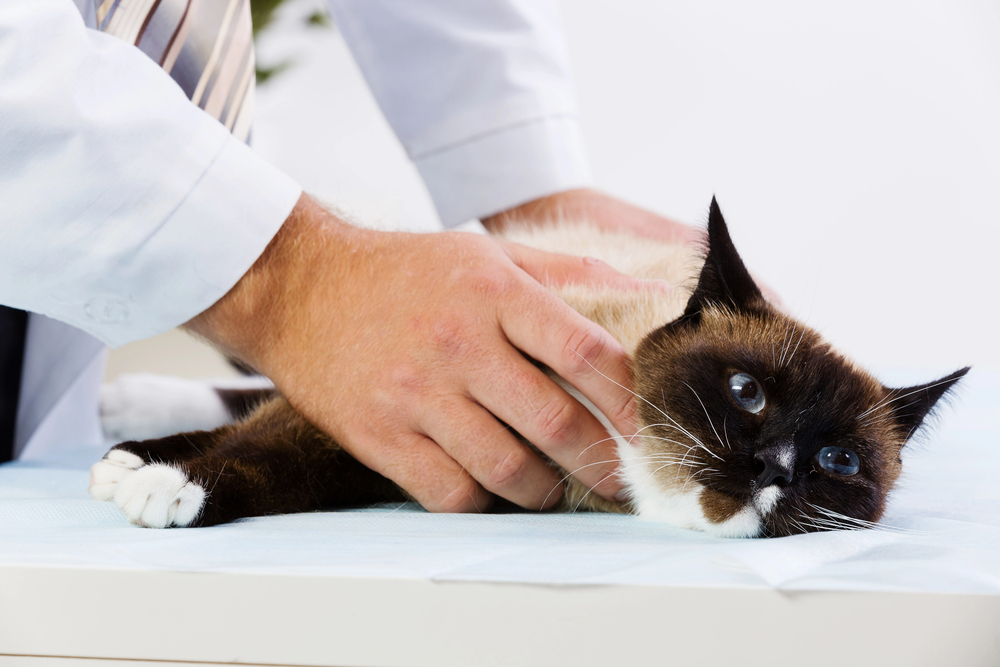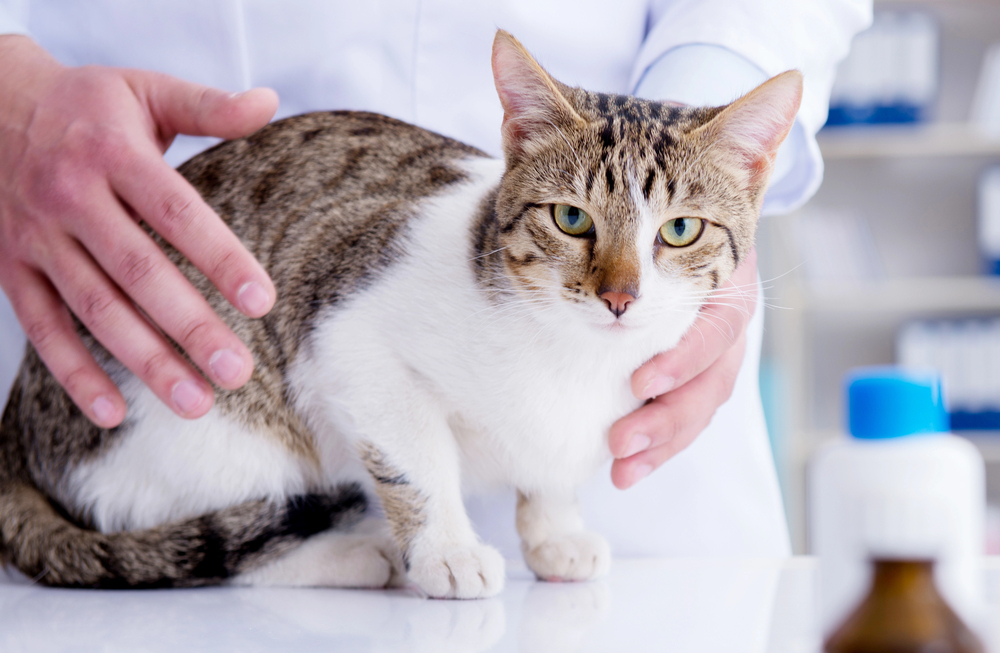
Cats, with their curious nature and penchant for exploration, can often find themselves in precarious situations where they come into contact with harmful substances. From household chemicals to certain plants, many common items can be toxic to our feline friends. Understanding these risks and knowing how to prevent and respond to poisoning is crucial for any cat owner. This comprehensive guide will delve into the various toxins that pose a threat to cats, how to recognize the signs of poisoning, and the steps you can take to keep your pet safe.
Common Toxins for Cats
1. Household Chemicals
Cats are often exposed to various household chemicals, which can be highly toxic. Products like antifreeze, bleach, and certain cleaning agents are particularly dangerous.
- Antifreeze: Contains ethylene glycol, a substance that is extremely toxic to cats. Even a small amount can cause kidney failure and Symptoms include vomiting, lethargy, and uncoordinated movements.
- Bleach: Though less toxic than some other chemicals, bleach can still cause gastrointestinal irritation and breathing difficulties if ingested or inhaled in large quantities.
- Insecticides: Many insecticides contain pyrethrins, which are highly toxic to Symptoms of exposure include drooling, vomiting, and muscle tremors.
2. Plants
Certain plants are known to be poisonous to cats. Common household plants that can be harmful include:
- Lilies: All parts of the lily plant, including the pollen, are extremely toxic to cats. Ingestion can lead to acute kidney Symptoms include vomiting, lethargy, and loss of appetite.
- Poinsettias: While less toxic than lilies, poinsettias can cause mild gastrointestinal upset.
- Aloe Vera: This plant can cause vomiting, diarrhea, and changes in the color of urine.
3. Foods
Several human foods are dangerous for cats, and their consumption can lead to serious health issues:
- Chocolate: Contains theobromine and caffeine, both of which are harmful to Symptoms of chocolate poisoning include vomiting, diarrhea, rapid breathing, and seizures.
- Onions and Garlic: These foods can cause gastrointestinal upset and more severe conditions like hemolytic anemia.
- Alcohol: Even small amounts can be toxic, leading to symptoms like vomiting, disorientation, and respiratory distress.

4. Medications
Over-the-counter and prescription medications meant for humans can be highly toxic to cats. Common examples include:
- Acetaminophen (Tylenol): Extremely dangerous, causing liver damage and potentially fatal blood Symptoms include difficulty breathing, swelling of the face, and vomiting.
- Ibuprofen: Can lead to severe gastrointestinal issues and kidney failure.
- Antidepressants: These can affect a cat’s central nervous system, causing symptoms such as agitation, vomiting, and changes in heart rate.
Recognizing the Signs of Poisoning
Recognizing the signs of poisoning can be challenging, as symptoms may vary depending on the toxin and the amount ingested. Common signs include:
- Vomiting or Diarrhea: Often one of the first signs of poisoning.
- Lethargy: A noticeable decrease in energy levels or reluctance to move.
- Changes in Urination: Difficulty urinating or blood in the urine can be signs of kidney or bladder issues.
- Uncoordinated Movements: Difficulty walking or an unsteady gait.
- Excessive Drooling or Foaming at the Mouth: Indicative of severe gastrointestinal irritation or a more serious reaction.
What to Do If Your Cat Is Poisoned
1. Immediate Action
- Contact a Veterinarian: If you suspect your cat has ingested a toxic substance, contact your veterinarian immediately. If it’s after hours, call an emergency animal poison control hotline.
- Provide Information: Be ready to provide details about what the cat ingested, how much, and when it This information will help the vet determine the best course of action.
2. Inducing Vomiting
- Only Under Veterinary Guidance: Do not attempt to induce vomiting unless directed by a In some cases, vomiting can cause more harm or may not be advisable if the toxin is caustic.
3. Administering Activated Charcoal
- Veterinary Supervision Required: Activated charcoal can be used to bind certain toxins and prevent further absorption. However, it should only be administered under the guidance of a veterinarian.
4. Monitoring and Follow-Up
- Follow Vet Instructions: Adhere strictly to any follow-up instructions from your This may include administering medication, changing your cat’s diet, or monitoring for specific symptoms.
Preventing Toxic Exposure
1. Secure Toxic Substances
- Proper Storage: Keep all household chemicals, medications, and toxic plants out of your cat’s reach. Use childproof containers and ensure cabinets are securely closed.
2. Safe Plant Choices
- Choose Cat-Friendly Plants: Opt for non-toxic plants and avoid those known to be harmful. If you’re unsure, consult with your veterinarian or a pet safety expert.
3. Avoid Toxic Foods
- Educate Family Members: Ensure everyone in your household is aware of which human foods are toxic to cats and avoid leaving such foods accessible to your pet.
4. Regular Vet Visits
- Routine Check-Ups: Regular veterinary visits can help ensure your cat’s health and address any potential issues before they become serious.
Conclusion
Being aware of the potential toxins that can affect your cat and understanding the signs of poisoning are crucial aspects of responsible pet ownership. By taking preventive measures and acting swiftly if an incident occurs, you can help ensure your feline friend remains healthy and safe. Remember, when in doubt, always consult with a veterinarian. Their expertise can make a significant difference in managing and treating poisoning cases, ultimately contributing to the well-being of your beloved cat.
